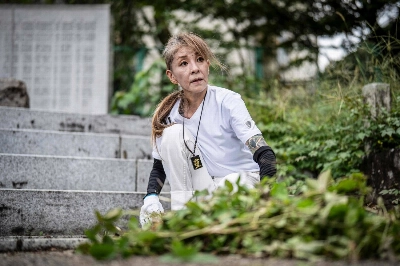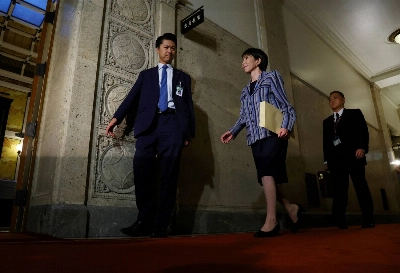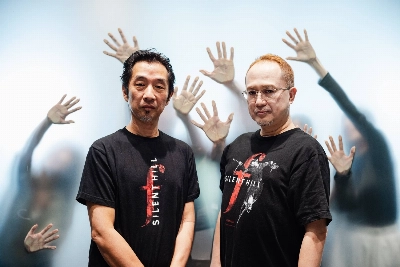A sheet of white washi paper, a brush, an ink stone, a black ink stick and a good mood -- these are the ingredients for a work of shodo (calligraphy).
As an architect I'm used to having a sheet of paper in front of me and having to think of something to fill the space. At a certain time you have to commit yourself to what you are going to draw. In a way, it's the same with shodo when, in classes, the sensei gives you a sample of characters to reproduce. From the first sheet you write to the last, it's a process of repetition to sharpen your mind and train your arm and hand to transfer what you see in the sample to the characters you draw yourself.
It was about eight years ago that I had my first brush with shodo, which literally means "the way of the brush." Unlike European cultures, whose writing styles developed around the use of sharpened feathers and are very regular, Chinese characters drawn with a brush seem to flow over the paper. It was this revelation that sparked my interest in shodo. To boldly intrude on a blank space and search for a balance with the black lines and dots, and for effects evoked by what happens by chance, remains for me the most appealing aspect of shodo.


















With your current subscription plan you can comment on stories. However, before writing your first comment, please create a display name in the Profile section of your subscriber account page.